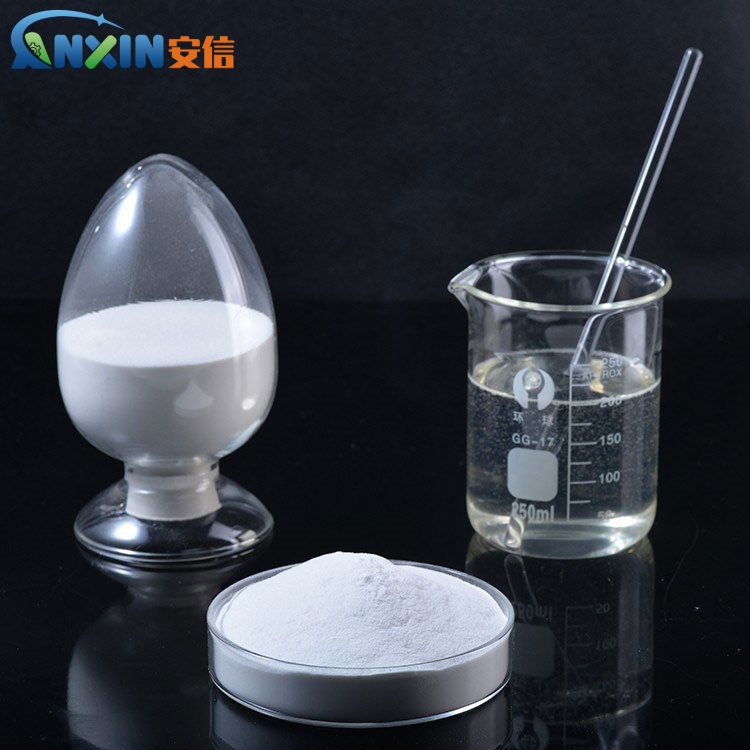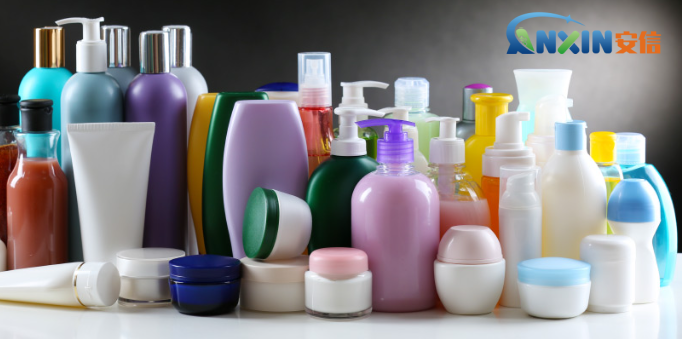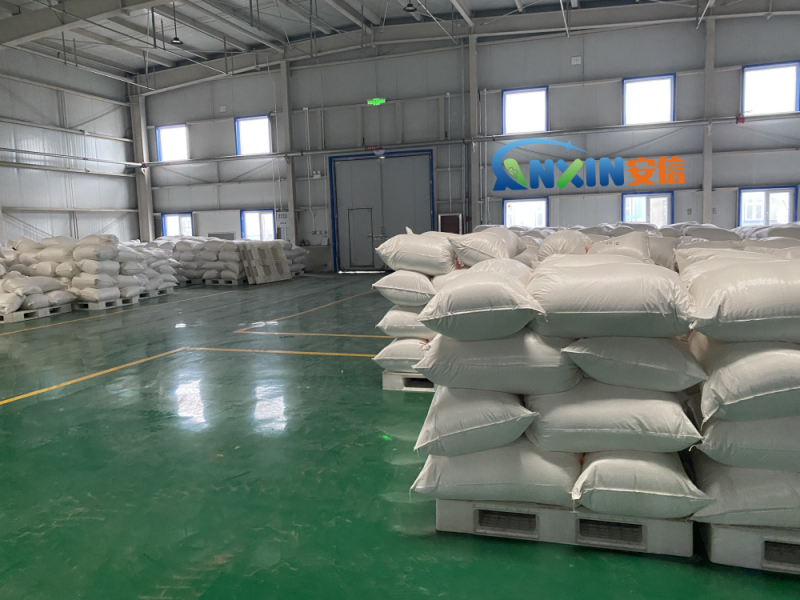1. Overview of hydroxypropyl methylcellulose
Hydroxypropyl methylcellulose (HPMC) is a non-ionic cellulose ether made from natural plant cellulose through chemical modification, with good water solubility and biocompatibility. It is widely used in food, medicine, construction and daily chemical industries, especially in skin care products. HPMC has become a multifunctional additive due to its unique physical and chemical properties, which can improve product texture, stability and user experience.
2. The main role of hydroxypropyl methylcellulose in skin care products
2.1 Thickener and rheology modifier
HPMC has good thickening ability and can form transparent or translucent gel in aqueous solution, so that skin care products have suitable viscosity and improve the spreadability and adhesion of the product. For example, adding HPMC to lotions, creams, essences, and cleansing products can adjust the consistency and prevent the product from being too thin or too thick to be spread. In addition, HPMC can also improve the rheological properties of the formula, making the product easy to extrude and spread evenly, bringing a better skin feel.
2.2 Emulsion stabilizer
In skin care products containing water-oil system such as lotion and cream, HPMC can be used as an emulsion stabilizer to help the oil phase and water phase blend better and prevent product stratification or demulsification. It can enhance the stability of the emulsion, improve the uniformity of the emulsion, make it less likely to deteriorate during storage, and extend the shelf life of the product.
2.3 Film former
HPMC can form a breathable and soft protective film on the surface of the skin, reduce water loss, and improve the moisturizing effect of the skin. This feature makes it a common moisturizing ingredient in skin care products, and is used in products such as facial masks, moisturizing sprays, and hand creams. After film formation, HPMC can also enhance the softness and smoothness of the skin and improve the skin texture.
2.4 Moisturizer
HPMC has a strong hygroscopic ability, can absorb moisture from the air and lock in moisture, and provide long-term moisturizing effect for the skin. It is particularly suitable for dry skin care products, such as highly moisturizing lotions, creams and eye creams, which can help the skin maintain a hydrated state. In addition, it can reduce skin dryness caused by evaporation of water, making the skin care effect more lasting.
2.5 Enhanced stability
HPMC can improve the stability of active ingredients in skin care products and reduce degradation caused by temperature, light or pH changes. For example, in products containing vitamin C, fruit acid, plant extracts, etc. that are susceptible to environmental factors, HPMC can reduce ingredient degradation and improve product effectiveness.
2.6 Give silky skin feel
HPMC’s water solubility and soft film-forming properties enable it to form a smooth and refreshing touch on the skin surface without a sticky feeling. This property makes it an important additive for high-end skin care products, which can improve the application experience and make the skin smoother and more delicate.
2.7 Compatibility and environmental protection
HPMC is a non-ionic polymer with good compatibility with most skin care ingredients (such as surfactants, moisturizers, plant extracts, etc.) and is not easy to precipitate or stratify. At the same time, HPMC is derived from natural plant fibers, has good biodegradability, and is environmentally friendly, so it is also widely used in green and environmentally friendly skin care products.
3. Application examples in different skin care products
Facial cleansers (cleansers, foam cleansers): HPMC can improve the stability of foam and make it denser. It also forms a thin film on the skin surface to reduce water loss during the cleansing process.
Moisturizing skin care products (lotions, creams, essences): As a thickener, film former and moisturizer, HPMC can increase the viscosity of the product, enhance the moisturizing effect, and bring a silky touch.
Sunscreen: HPMC helps to improve the uniform distribution of sunscreen ingredients, making sunscreen easier to apply while reducing greasy feeling.
Facial masks (sheet masks, smear masks): HPMC can enhance the adsorption of the mask cloth, allowing the essence to better cover the skin and improve the penetration of skin care ingredients.
Makeup products (liquid foundation, mascara): In liquid foundation, HPMC can provide smooth ductility and improve fit; in mascara, it can enhance the adhesion of the paste and make the eyelashes thicker and curled.
4. Safety and precautions for use
As a cosmetic additive, HPMC is relatively safe, low in irritation and allergenicity, and is suitable for most skin types, including sensitive skin. However, when designing the formula, it is necessary to control the appropriate amount of addition. Too high a concentration may make the product too viscous and affect the skin feel. In addition, it should be avoided from mixing with certain strong acid or strong alkaline ingredients to avoid affecting its thickening and film-forming properties.
Hydroxypropyl methylcellulose has a wide range of application value in skin care products. It can be used as a thickener, emulsifier stabilizer, film former and moisturizer to improve the stability, feel and skin care effect of the product. Its good biocompatibility and environmental protection properties make it an indispensable ingredient in modern skin care formulas. With the rise of the concept of green and environmentally friendly skin care, the application prospects of HPMC will be broader, providing consumers with a better skin care experience.
Post time: Apr-08-2025


